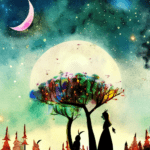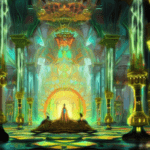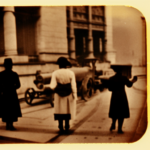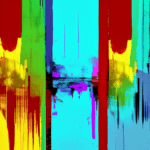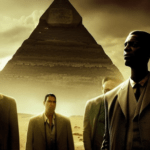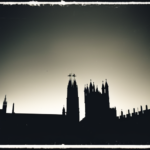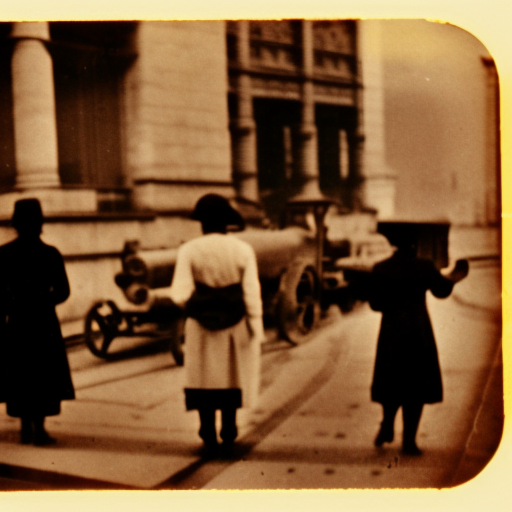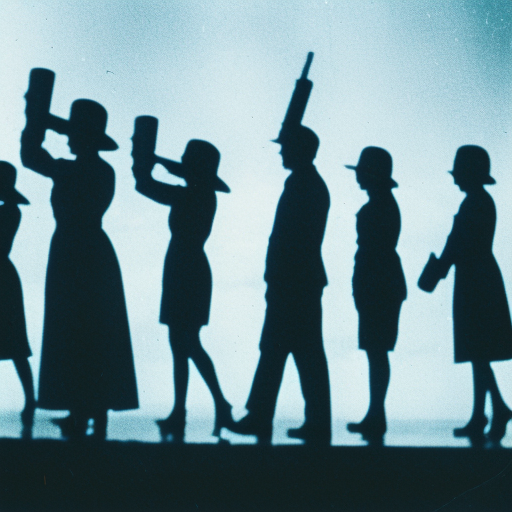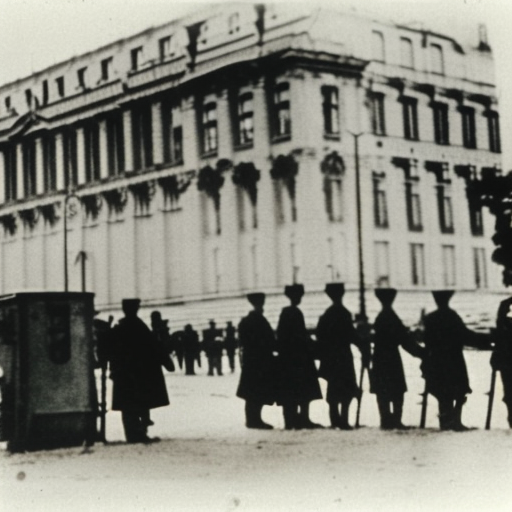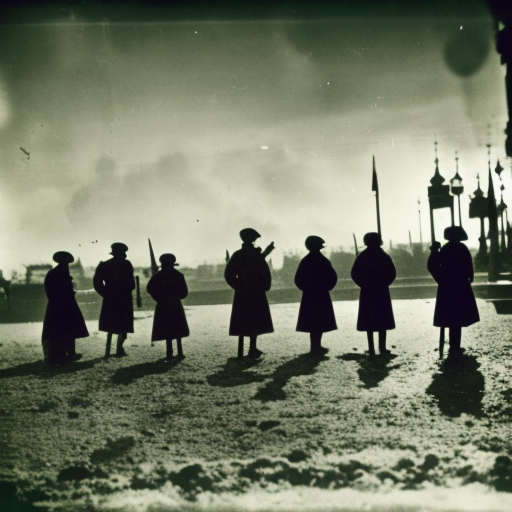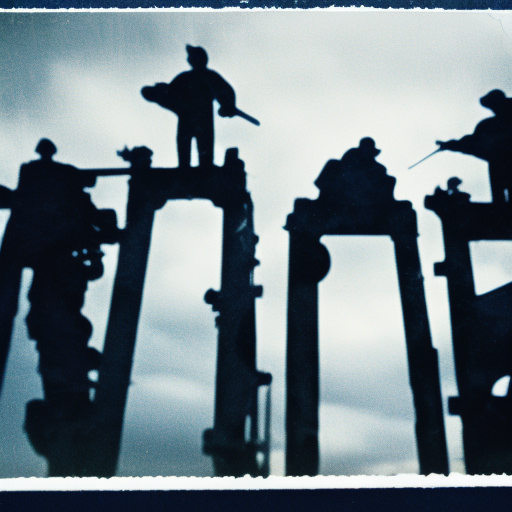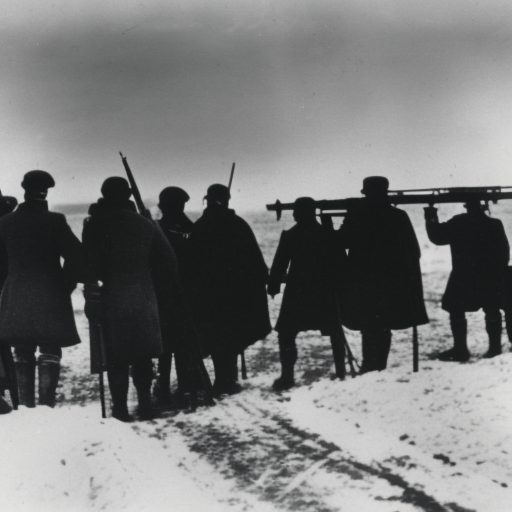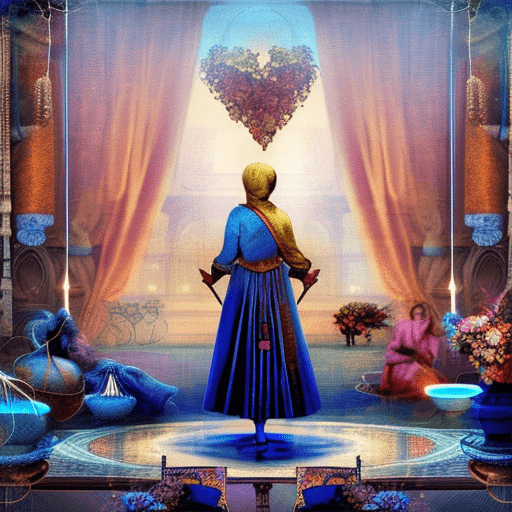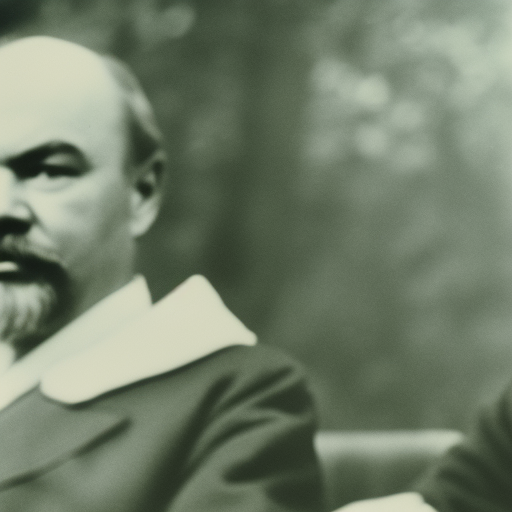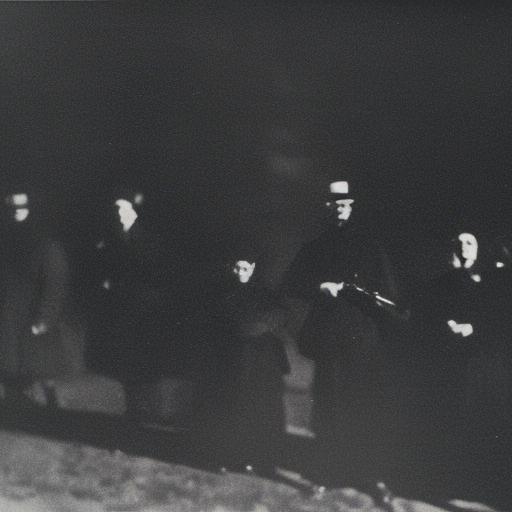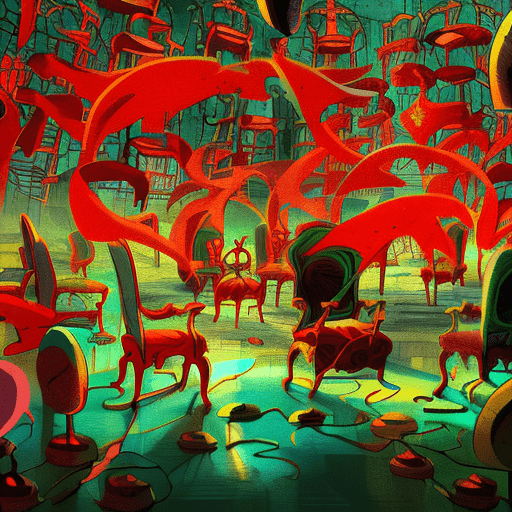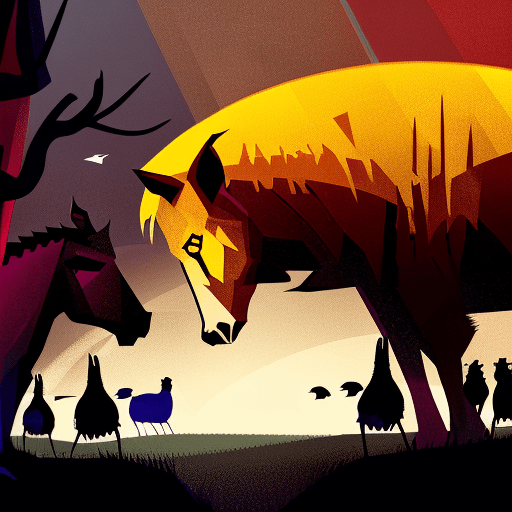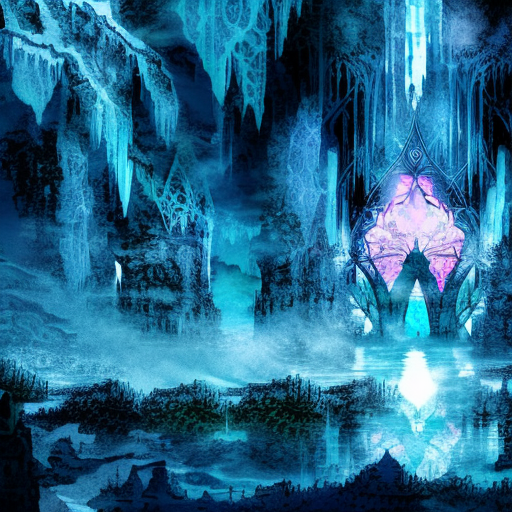The Interwar Period was a tumultuous era between World War I and World War II marked by political instability, economic crises, and the rise of totalitarian regimes.
The New Economic Policy (1921-1928) Explained
The New Economic Policy was a Soviet economic reform that allowed limited capitalism to revive the economy after the Russian Civil War.
The Bolshevik Revolution (1917) Explained
The Bolshevik Revolution of 1917 marked the rise of the Communist Party in Russia and the overthrow of the Provisional Government, leading to the establishment of the Soviet Union.
The October Revolution (1917) Explained
The October Revolution of 1917 was a pivotal event in Russian history that led to the establishment of a communist government under the leadership of Vladimir Lenin.
The Decembrist Revolt (1825) Explained
The Decembrist Revolt was a failed uprising by Russian military officers against the autocratic rule of Tsar Nicholas I in 1825.
The Treaty of Brest-Litovsk (1918) Explained
The Treaty of Brest-Litovsk was a peace agreement signed between Soviet Russia and the Central Powers, ending Russia’s involvement in World War I but resulting in significant territorial losses.
The Eighth Life Summary
‘The Eighth Life’ by Nino Haratischvili is an epic multigenerational saga that explores the tumultuous history of a Georgian family.
Vladimir Lenin Explained
Vladimir Lenin was a Russian revolutionary and politician who led the Bolshevik Party and played a key role in the establishment of the Soviet Union.
The Russian Revolution (1917) Explained
The Russian Revolution of 1917 marked the overthrow of the Tsarist autocracy and the establishment of a socialist government in Russia.
The Twelve Chairs Summary
The Twelve Chairs” by Ilya Ilf is a satirical novel about the madcap pursuit of hidden treasure in Soviet Russia.
Animal Farm Summary
Animal Farm” by George Orwell is a satirical allegory that depicts the corruption of power through a group of farm animals who overthrow their human farmer, only to establish a new oppressive regime.
Winter Garden Summary
‘Winter Garden’ by Kristin Hannah is a captivating story of two sisters who uncover their mother’s untold past through a Russian fairy tale.
